Search Images
Browse Content (p. 1190)
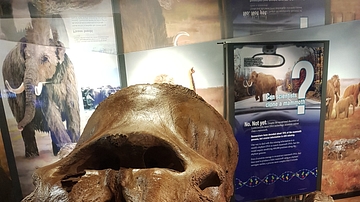
Image
Woolly Mammoth Skull
Woolly mammoth skull, jaw, and teeth (to the right) on display at the Australian Museum in Sydney in December 2017, on loan from the University of Alaska Museum in Fairbanks where it normally resides.
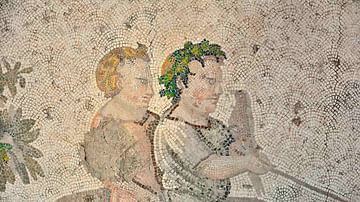
Image
Byzantine Mosaic of Children Seated on a Dromedary
Two children are seated on a dromedary. One of them wears a wreath around his head and is holding a bird in one hand and reins with the other hand. There is also a guide in front of them. Period: Early Byzantine, c. 6th century CE. Place...
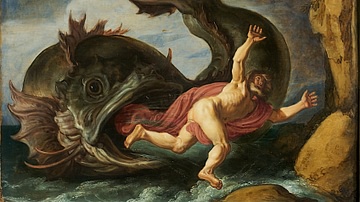
Image
Jonah & the Whale
An oil painting by Pieter Lastman (1583-1633 CE) depicting the prophet Jonah about to be swallowed by a giant fish, a story recounted in the Old Testament's Book of Jonah. (Museum Kunstpalast, Dusseldorf, Germany)

Image
Jonah & the Fish
A 3rd century CE Roman sarcophagus depicting the prophet Jonah about to be swallowed by a giant fish, a story recounted in the Old Testament's Book of Jonah. (Vatican Museums, Rome)
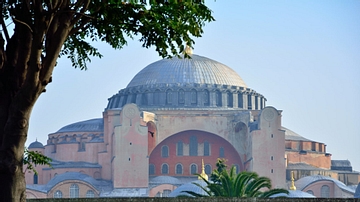
Image
Hagia Sophia, Exterior
Hagia Sophia from the Blue Mosque, Istanbul, Turkey. First constructed 532-537 CE.
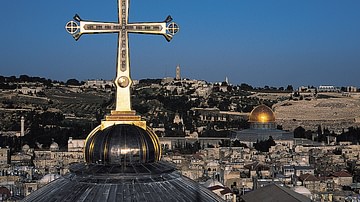
Image
Golgotha Crucifix, Jerusalem
The crucifix on the dome of the Church of the Holy Sepulchre, site of Golgotha, Jerusalem. Built during the reign of Constantine I in the 4th century CE.
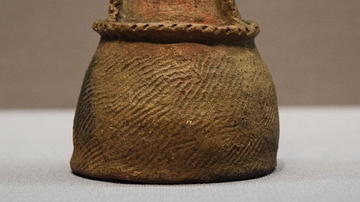
Image
Prehistoric Japanese Jar
This jar comes from the Kanbayashi archaeological site, which is located in Kitakatashi in Fukushima prefecture, Japan. It dates from the 2nd-1st century BCE, during the Yayoi Period. (Tokyo National Museum)
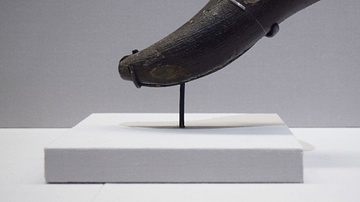
Image
Horn-shaped Vessel from Japan
This ancient horn-shaped vessle was excavated at Shishuzuka Tumulus, which is located in Mihamacho, Fukui prefecture, Japan. It dates from the 6th century CE, during the Kofun period. (Tokyo National Museum)
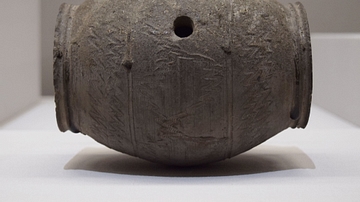
Image
Keg-Shaped Pot from Japan
This keg-shaped pot with an opening for pouring was excavated at Enomachi, in Fukuoka prefecture, Japan. It dates from the 6th century CE or during the Kofun period. Note the curious "wave-like" designs, which might function as decor. (Tokyo...
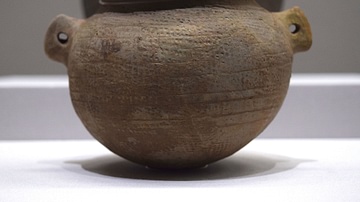
Image
Ancient Korean or Japanese Jar
This jar was excavated from a box-style stone coffin in Daishogunyama Tumulus on Tsushima, the Japanese island closest to the Korean peninsula. Its round body was created by lightly beating the outer surface of the bottom part with a beating...